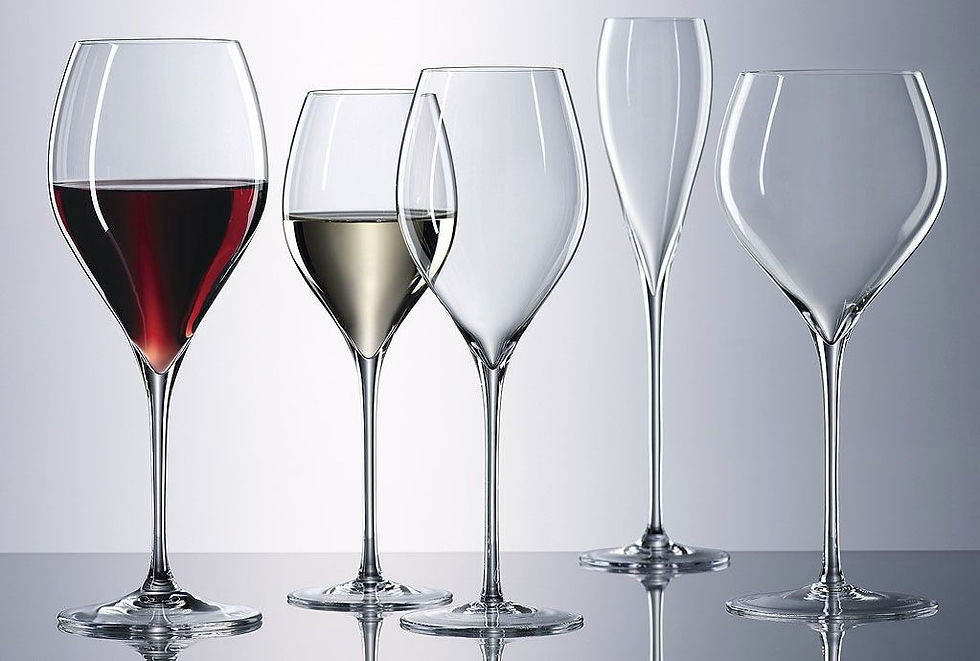NEW CHAMPAGNES FROM MOUSSE
- Terry Theise

- Apr 11, 2023
- 3 min read
Updated: Apr 20, 2024
Last year’s assortment was a thrilling group of wines. Several of them were drier than I prefer, but the basic material was close to awesome.
This year there are seven wines in all. Four of them cement Moussé’s ascent to the very top rank of Champagne growers. I do not say that casually. This is an astonishing quartet of wines.
The other three wines would have done the same, but they are perpetual reserves with 2020 being the most recent addition. And 2020 has a problem.
It’s definitely not unique to Cédric Moussé. In fact it is ubiquitous across Champagne, and this is – to say the least – distressing. It is an aroma and flavor somewhat like the 2015s, which is to say a grassy flavor not intrinsically irritating but simply alien to Champagne. What’s more worrisome is a suggestion of the nasty vegetal scents and flavors of the truly appalling 2011. It is not that extreme, and ladybugs weren’t the culprit. The nature of the culprit is “being considered,” and several hypotheses have been advanced.
Given that the issue is starkest with Moussé’s Rosé, that could point us to the skins as a cause. One taster whom I respect likens the characteristic to peanut shells, and agrees there is also an unripe note. A plausible explanation is offered, having to do with off-elements from the stems, and this taster wonders whether the same thing could explain the strange phenolics of many German and Austrian wines in the same vintage. That’s more of a stretch, though it is intriguing. But returning to Champagne, I wasn’t there (nor were many other people) in early 2021 to taste the Vins Claires, and I don’t know whether these would have forecasted the eventual off-notes. My guess is, they would have, but we’ll never know.
However this worrying bit of business is eventually explained, if it ever is, what’s clear now is that 2020 announces itself with noise and clamor, and not in a good way. In a normal vintage – even in a vintage we’d describe as “small” or “minor” – these three wines of Cédric’s would have maintained the arresting quality level of the four others. This is clear from the basic material, and from its overall clarity and expressiveness. It will be one of many instances where outstanding material was played false by circumstances beyond the maker’s control.
Or was it? I accept that explanation for the issues with 2005 and with 2011. It’s less persuasive with 2015, and it’s a huge question mark with ’20. Only some producers will acknowledge it now, while the Champagnes are in the market. I sympathize with their reluctance, more now than when I needed to concoct any remotely plausible spin to try to sell the wines. At times this was simply impossible, and at least one producer has never forgiven me for not offering a wine I knew was below his standards. (It’s eighteen years later and he still rubs my nose in it!)
I emphasize this isn’t about good versus ordinary vintages. Those we accept gladly, as the rational consequence of wines’ roots in agriculture. These four vintages are erroneous in a fundamental way, and the fact there have been four of them in the last eighteen years should be cause for alarm, in my view. It should also prompt us to challenge the whole perpetual reserve concept, which as I see it, only works if doubtful vintages are left out of the cuvée. I know of no producer who does this.
But let’s return to the good news. Last year I wrote that Moussé was flying at cruise-control, but this year he has broken the sound barrier. And he has achieved it with Champagnes at or near zero dosage, which he seems to understand as few others do.






Comments